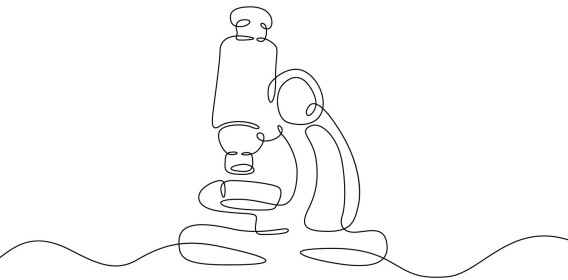
Belgians use the fewest plastic bags in Europe. Can other countries learn from them?
Belgians only buy four bags a year at the store.
“Do you need a bag?”
“No thanks,” Belgians say in unison.
Belgians buy only four plastic bags at the store a year.
Norwegians rank among the countries with the highest consumption of plastic bags in Europe.
But now the EU has implemented new measures to promote reusable alternatives.
Can Norway learn something from Belgium?

5,000 tonnes of plastic saved
“I never use plastic bags from the store,” says Marie-Claire Coppée.
Instead, she brings her pink shopping bag to the store.
“I’m glad to hear that Belgians use the fewest plastic bags in Europe. And you folks in Norway should probably learn from that,” she says.
Her shopping bag can be folded and fits in her handbag.
“I always bring a backpack or something else to carry my groceries in,” says student Fernando de Groot.
Otherwise, he carries things in his hands or pockets.
“If I have too much, I might buy a plastic bag. But that rarely happens,” he says.


The big plastic bag reduction scheme
“Eeach Norwegian should use no more than 40 plastic bags annually by 2025,” says Cecilie Lind from the Norwegian Retailers’ Environment Fund.
If Norway succeeds, it will save the environment over 5,000 tonnes of plastic annually, according to posekuttet.no, Norway’s plastic bag reduction scheme.
That is the same as the weight of 3,500 cars.
Kenya has gone even further. There, plastic bags have been banned, and you can punished with fines or imprisonment for failing to comply.
For Norway to reach its goal, people need to change their habits. So simple – and so difficult.
Norwegians have already made progress. In 2023, each person used 104 plastic bags.
“Today, we use 66 bags per person per year, so a lot has happened,” says researcher Live Bøyum from Consumption Research Norway (SIFO) - OsloMet.
Why is Norway at the top of the plastic bag consumption list?
We might wonder if Norwegians are lazy or just find it acceptable to spend money on plastic bags.
But according to researchers, it has more to do with these two things:
- Lack of planning
- Forgetfulness

That's what Bøyum and her colleagues discovered during their research (link in Norwegian).
“Shopping trips were often unplanned and people forgot their reusable bags at home,” says Bøyum.
“A clever solution could be to introduce a kind of deposit scheme for reusable bags,” she adds.
If you forget your shopping bag, you can borrow one from the store for a deposit.
When you return it, you get your deposit back.
Just like the deposit-refund scheme for cans and bottles in Norway.
For inspiration
“It’s impressive that Belgium has reduced the use of plastic bags to four bags per person,” says Bøyum.
But what people use instead also matters.
“For example, replacing plastic bags with paper bags,” she says.
Producing paper bags results in more greenhouse gas emissions than plastic bags.
However, it also results in less plastic ending up in the wrong places – and is better for the environment.
“Belgium’s success in getting people to bring their own shopping bags to grocery stores is an inspiration for Norway and something we can learn from,” says Bøyum.
———
Translation by Ingrid P. Nuse
Read the Norwegian version of this article on forskning.no

Subscribe to our newsletter
The latest news from Science Norway, sent twice a week and completely free.




































